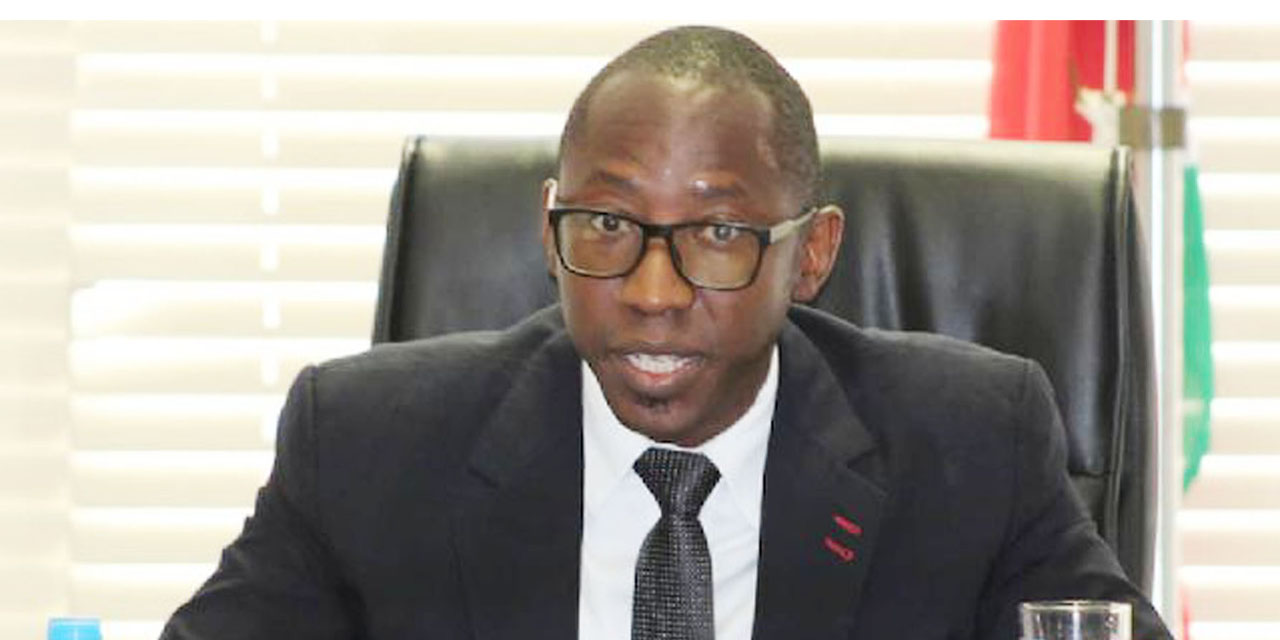Niël Terblanché
A new era in Namibia’s energy landscape started on Friday with a groundbreaking ceremony at the envisaged Erongo Liquid Petroleum Gas (LPG) Import Bulk Storage Facility in Walvis Bay.
The project will address the country’s severe LPG shortages while also fostering trade with its neighbours.
The Erongo regional governor, Neville Andre, while speaking at the ceremony, explained the strategic importance of the project, which will cater not only to Namibia but also to Zambia, Botswana, Zimbabwe, and various other countries from the Southern African Development Community (SADC).
“This facility will not only cater to the Namibian market but also to our neighbouring countries. This project will bring about great benefits in terms of regular supply at competitive prices and socio-economic benefits such as direct and indirect employment, which will address Namibia’s ever-increasing unemployment rate,” Andre said.
Andre stressed that the project’s success would require collaboration between all stakeholders, urging a team effort to ensure operational and environmental sustainability during the construction and operational phases.
He also pointed out that the Walvis Bay Corridor Group, strengthened by the planned terminal and infrastructure, will improve Namibia’s position as a transport hub for regional trade within the SADC.
“The development of trade corridors such as the Trans-Kalahari and the Walvis Bay-Ndola-Lubumbashi Development Corridor will provide Namibia with a competitive edge,” he added.
The interim managing director of the National Petroleum Corporation of Namibia (NAMCOR), Ebson Uanguta, lauded the project as a significant step forward for Namibia’s energy sector.
“This project will not only support the diversification of our energy sector but also ensure that Namibia is better positioned to meet the growing demand for clean, reliable, and accessible energy for the entire SADC region,” Uanguta said.
While elaborating on the terminal’s economic and strategic importance, Uanguta stated its vital role in advancing Namibia’s green energy agenda and combating energy poverty.
“LPG is a cleaner and more efficient fuel vital for both households and industries alike. This project strengthens our position as an attractive destination for energy-related investments, particularly in the context of regional and international energy supply chains,” he added.
The envisaged storage terminal is expected to have wide-ranging positive ripple effects beyond just Walvis Bay and the Erongo region.
“It will not only boost the local economy but also attract additional investment and foster innovation across the energy sector,” he said.
As part of Namibia’s broader energy goals, the project will help reduce the country’s dependence on imported paraffin and other fuels, providing a cleaner, more sustainable energy source for Namibian households.
Uanguta reiterated NAMCOR’s commitment to energy projects that align with Namibia’s economic development goals.
He also expressed pride in the initiative, which he described as a milestone for the country’s energy landscape, opening doors for further developments in the LPG sector.
Uanguta expressed his optimism about the future, envisioning the Erongo LPG Terminal as a catalyst for job creation, regional trade, and enhanced energy security for Namibia.
“As the project moves forward, the involvement of local and international stakeholders will be crucial to ensuring its long-term success,” he said.
According to Uanguta, the envisaged LPG terminal at Walvis Bay signifies Namibia’s readiness to embrace sustainable energy solutions, setting the stage for the country to thrive in the global energy landscape.




